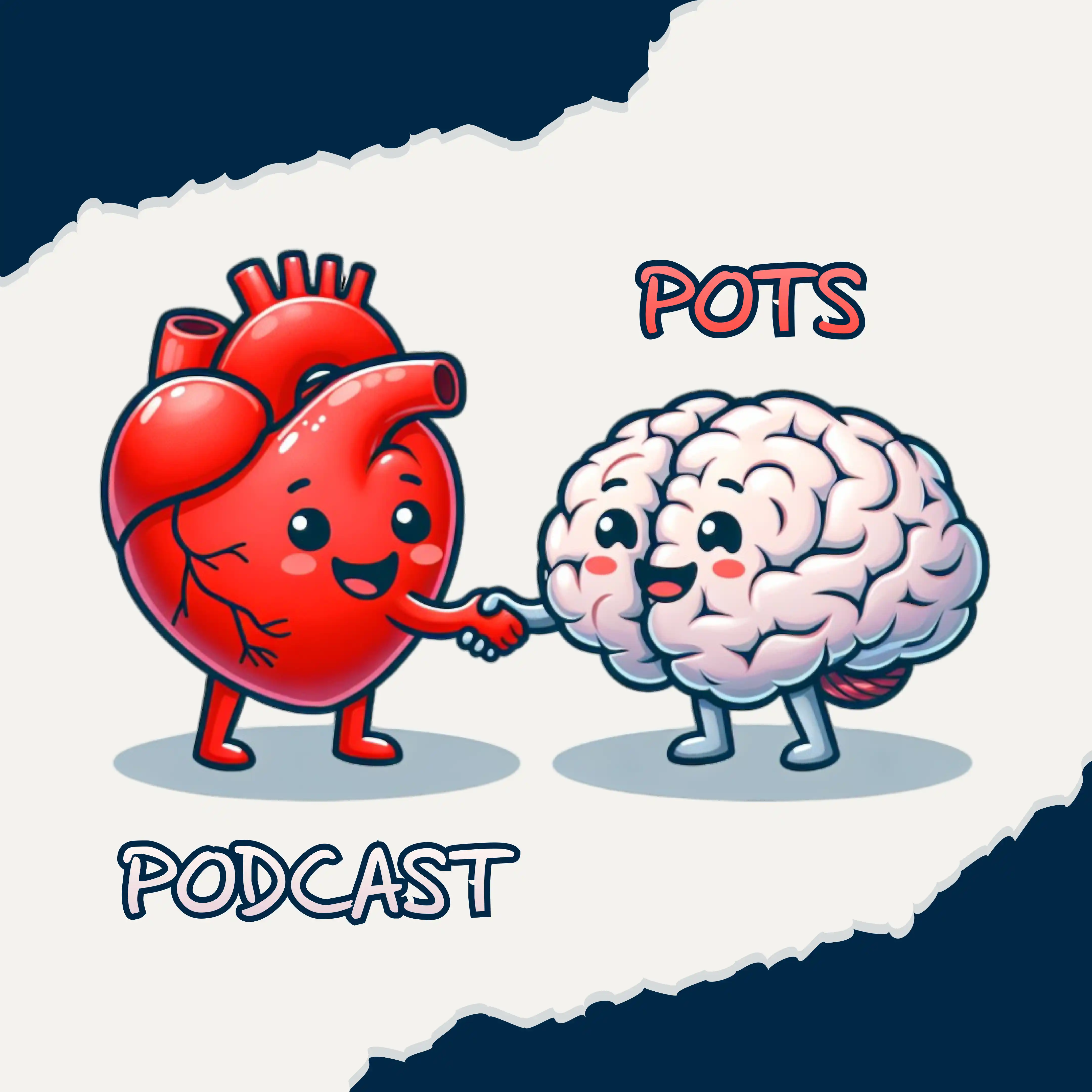
The Marathon of Recovery: Rebuilding Your Body's Control Systems
Delve into the fascinating world of POTS and dysautonomia as Dr. Joseph Schneider explores the intricate relationship between muscle control, sensory systems, and the body's energy management. In this episode of My POTS Podcast, Dr. Schneider and his co-host Joseph Quirk unpack how your spinal system acts as the foundation for autonomic function, revealing why treating POTS requires an all-inclusive approach beyond just managing heart rate. Through vivid analogies and real patient experiences, they explain how everything from exercise to blood flow is interconnected through a critical but rarely discussed component: the intermediolateral cell nucleus. Learn why recovery is truly a marathon, not a sprint, and discover how rebuilding your body's regulatory systems requires a careful balance of exercise, rest, and proper nutrition. If you’re dealing with POTS, facing unexplained symptoms, or simply curious about how your body maintains its complex balance, this episode offers invaluable insights into the journey of neurological recovery. Connect with Dr. Joseph Schneider: Website: Hope Brain and Body Recovery Center LinkedIn: Joseph Schneider YouTube: hopebrainbodyrecoverycenter Instagram: @hopebraincenter_ Facebook: Hope Brain and Body Recovery Center
Description:
Delve into the fascinating world of POTS and dysautonomia as Dr. Joseph Schneider explores the intricate relationship between muscle control, sensory systems, and the body's energy management. In this episode of My POTS Podcast, Dr. Schneider and his co-host Joseph Quirk unpack how your spinal system acts as the foundation for autonomic function, revealing why treating POTS requires an all-inclusive approach beyond just managing heart rate. Through vivid analogies and real patient experiences, they explain how everything from exercise to blood flow is interconnected through a critical but rarely discussed component: the intermediolateral cell nucleus. Learn why recovery is truly a marathon, not a sprint, and discover how rebuilding your body's regulatory systems requires a careful balance of exercise, rest, and proper nutrition. If you’re dealing with POTS, facing unexplained symptoms, or simply curious about how your body maintains its complex balance, this episode offers invaluable insights into the journey of neurological recovery.
Connect with Dr. Joseph Schneider:
Website: Hope Brain and Body Recovery Center
LinkedIn: Joseph Schneider
YouTube: hopebrainbodyrecoverycenter
Instagram: @hopebraincenter_
Facebook: Hope Brain and Body Recovery Center





Comments